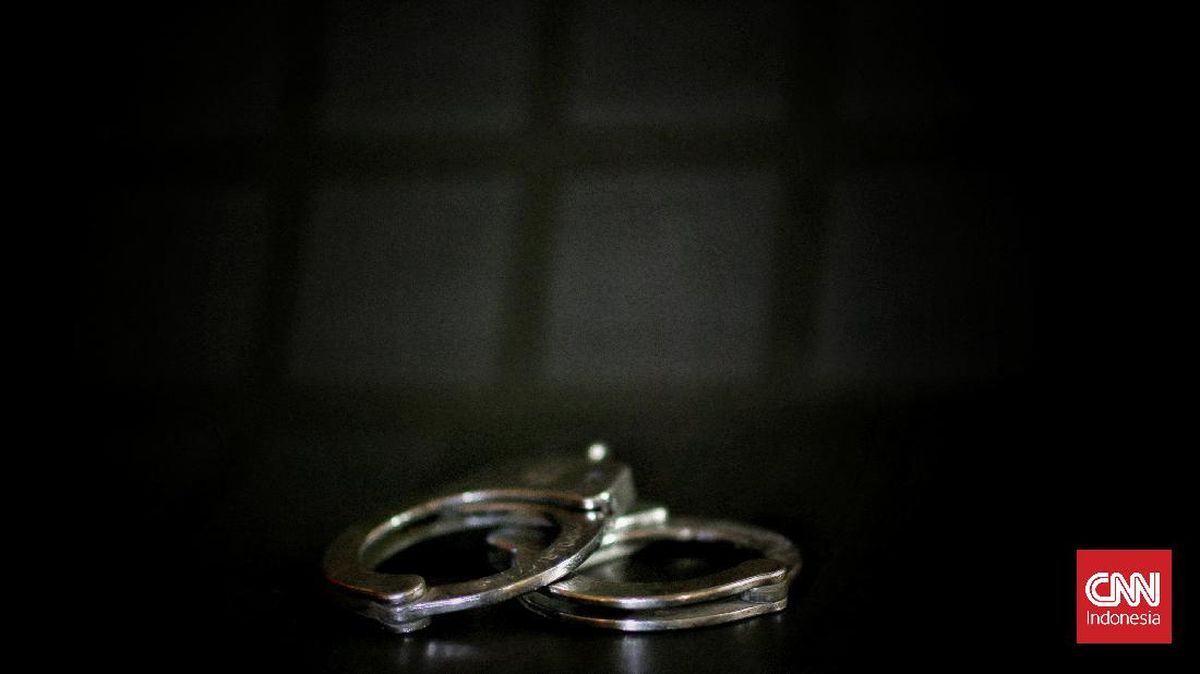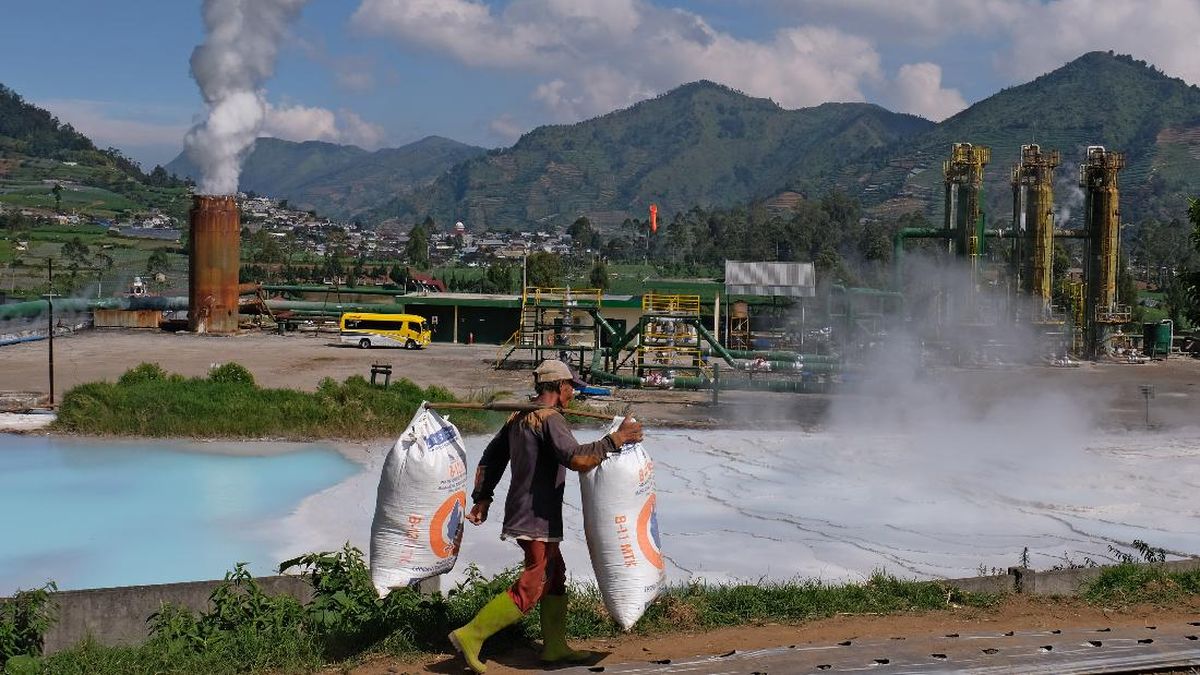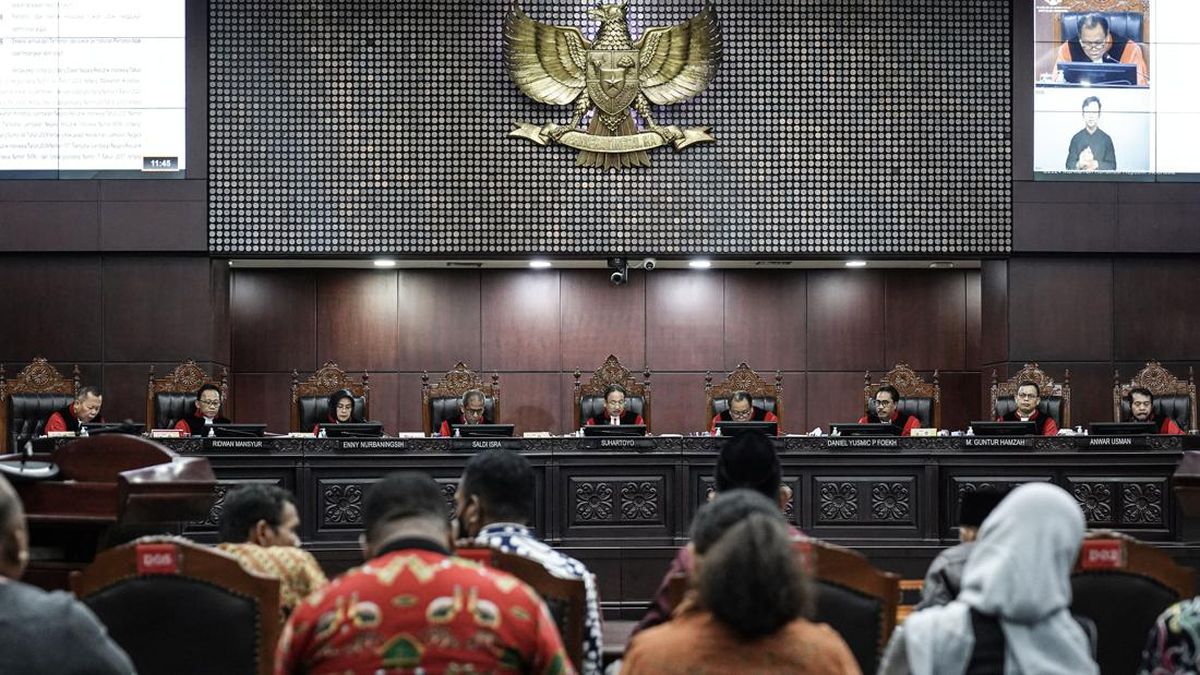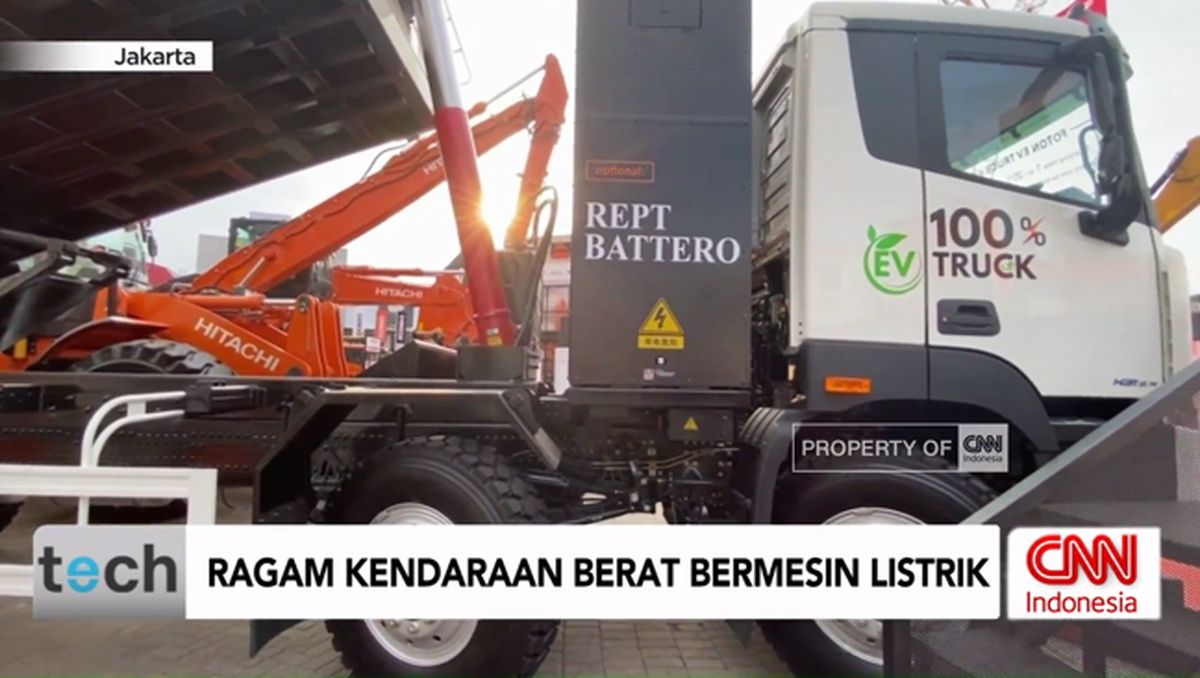Blueberry-growing regions include the Atherton Tablelands in Queensland, the Yarra Valley in Victoria, and Tasmania, but the biggest producer is the Coffs Coast in northern NSW. Berries from this region are ripe several months before the harvest in the southern states and sold around Australia.
Yet the berry bonanza is not without growing pains. Environmentalists are increasingly taking aim at an industry they say is clearing koala habitat, using excessive amounts of plastic in agriculture and for consumer packaging, and dousing their products in toxic chemicals.
Greens MP Cate Faehrmann says the blueberry industry is barely regulated, and the current rules allow farmers to set up a massive blueberry operation next door to homes or organic producers and the community has no say.
“It’s outrageous that multimillion-dollar agribusinesses can plant intensive blueberry farms wherever they like, while neighbours are left to cop the spray drift and the water pollution,” Faehrmann says. “People deserve the same right to object to a new blueberry farm as they would to a new shopping centre or factory.”
Nambucca Valley Council has sought to introduce rules to require a development application to set up a blueberry farm – currently horticulture is automatically permitted if the land has the appropriate zoning – but has so far been knocked back by the state government.
Berry growers say they are being unfairly targeted.
“Berry farming is a legitimate agricultural pursuit occurring on land zoned for agriculture,” Mackenzie says. “Use of agricultural chemicals is regulated and consumers should be confident in the integrity of the system.”

Protecting netting covers blueberry bushes near Coffs Harbour.Credit: Kate Geraghty
The recent stories about pesticide residues were sparked by testing carried out by Professor Kirsten Benkendorff, a marine scientist at Southern Cross University.
Benkendorff was concerned about pesticide run-off in waterways, having found concerning levels of insecticides in oysters, prawns and mudcrabs in northern NSW estuaries.
She bought samples of raspberries and blueberries grown in the region and took them back to her lab where she washed them in pure water, extracted samples and sent them to an accredited laboratory to be tested for 157 different pesticides.
Her testing detected the presence of thiometon, a highly toxic chemical banned for use in Australia. Benkendorff is not alleging illegal use and says it is possible it was a contaminant in another product.
On Friday, the NSW Environmental Protection Authority and NSW Food Standards Authority put out a joint statement saying there was no evidence of pesticide misuse and no evidence that blueberries from northern NSW were unsafe to eat.
The statement pointed out that data from industry testing provider FreshTest for the same testing period as the research project – October and November 2024 – showed “no evidence of thiometon residue on any berries tested”.
FreshTest does not report on thiometon levels, but an EPA spokesperson says it collects the relevant information and this was recently reviewed. The NSW Food Authority intends to conduct further tests on retailed berries to confirm that thiometon is not present.
The statement also found that Benkendorff’s methodology and analysis used were “not accredited for testing fresh fruit such as berries, and therefore the results are unreliable”.
Benkendorff says this is misleading because she used “gold standard” extraction techniques and her methodology and results have been scrutinised by international experts. Because it was a scientific investigation rather than a regulatory test, she covered a wider range of chemicals and used an environmental rather than food screen, but she rejects the accusation this means it is “unreliable”. In fact, she says, it actually detects much lower concentrations.
“I respect the work of regulatory authorities to ensure our food safety and compliance on pesticide use,” Benkendorff says. “However, I also believe the community has a right to hear about any independent research, in order to make informed choices about the food they eat.”
Even the certified organic berries in Benkendorff’s tests had some level of contamination, but much lower than those conventionally grown.
Benkendorff was also concerned by the levels of dimethoate in her results. This is a chemical permitted in Australia, though banned in Europe and listed as potentially carcinogenic in the United States.
While the berries were within the legal residue limits for dimethoate, the levels on some were enough that an 80kg adult could exceed their acceptable daily intake by eating half a punnet and a 20kg child by eating a small handful.
Benkendorff says the bigger question is whether the maximum residue limits (MRLs) set by the Australian Pesticides and Veterinary Medicines Authority (APVMA) are fit for purpose. The regulatory limits until recently were based on consumption data from 1995.
If berries had the maximum amount of pesticides on them, then safe daily consumption would be only two to four blueberries a day for a 20kg child and five to 16 blueberries for an 80kg adult, assuming the same pesticides are not also found in other food.
The pesticide authority recently proposed a suspension of dimethoate for use on blueberries, blackberries and raspberries. In a statement, APVMA says this was not triggered by recent media coverage or residue testing, but by data showing a significant increase in the consumption of berries, provided by Food Standards Australia and New Zealand in February 2025.
APVMA adds that the maximum residue limits are “far below the amount of residue that would pose a risk to human health” and “based on extremely wide safety margins”.
Mackenzie says she “absolutely” welcomed the review, noting Berries Australia had provided five years worth of data showing that dimethoate residue was significantly below the current legal level.
Loading
“[The review] shows the system is working as it should and the regulator is making decisions based on data and science,” Mackenzie says.
Decades ago berries had to be sprayed with dimethoate or another chemical before they could be sold to southern markets including Sydney and Melbourne. Now that fruit fly has reached Victoria, it only applies to exports to Tasmania, South Australia and Western Australia, Mackenzie says.
Berries Australia is assisting growers to use integrated pest management techniques such as using beneficial insects to reduce the need to spray, Mackenzie says, and improving practices to reduce run-off and spray drift.
Mountain Blue managing director Andrew Bell, whose father started what is now one of the largest blueberry businesses in Australia, says he minimises the use of pesticides because they are expensive and harm bees. His company’s breeding program looks for varieties that can resist pests and disease, which is increasingly important as the climate changes.
He is also tackling plastics – Bell says Mountain Blue’s trial of cardboard containers for berries in Coles supermarkets has been a “huge success and will be the new standard moving forward”, despite extra cost.
However, many of the plastics in berry production are agricultural, including polytunnels, netting and plastic in the soil to reduce weeds. Mackenzie says the industry is looking at recycling.
Bell says he found the recent news reports “devastating”.
“I want other families to experience berries in the same way that we do,” Bell says. “My fridge at home is always full of berries, and I love nothing more than taking my kids to work to let them pick fruit straight off the trees. To have a product that we are so proud of wrongfully targeted based on [allegedly] flawed testing leaves a really bad taste in my mouth.”
Get to the heart of what’s happening with climate change and the environment. Sign up for our fortnightly Environment newsletter.


















































